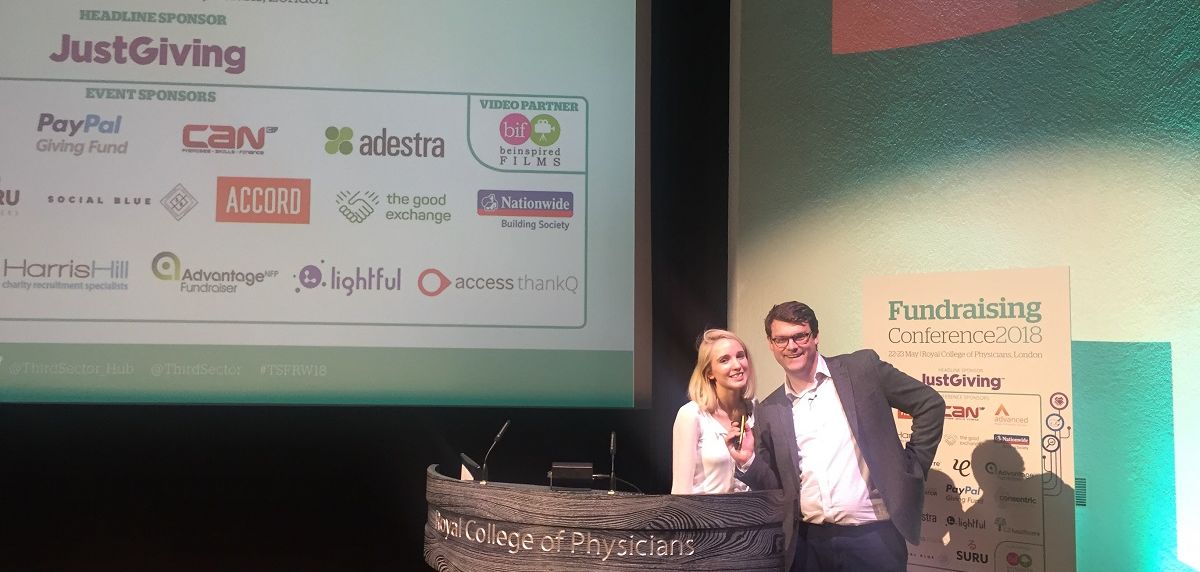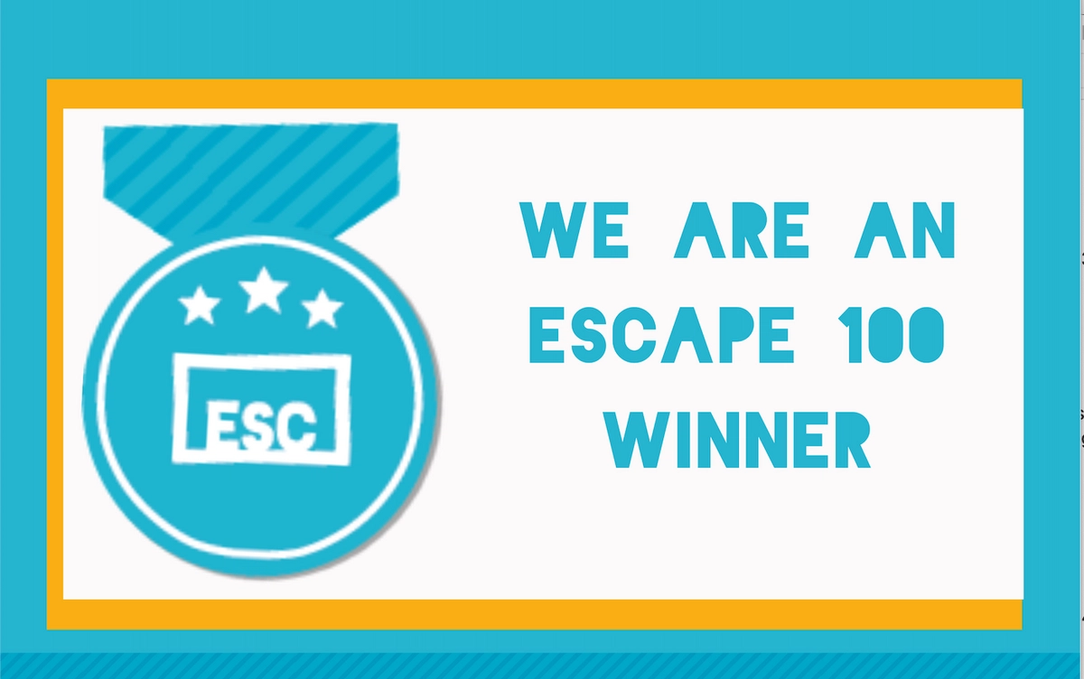Three things we learnt at fundraising week

Last week we attended Third Sector’s Fundraising Week. Our Director of Development, Haydn Thomas, and Kirsty Marrins, who works with us, were on the Advisory Board and helped put the two-day programme together. We had a stand over the two days and on the Wednesday both Kirsty and Haydn delivered sessions. It was a great two days, packed full of interesting and thought-provoking keynotes, workshops, sessions and conversations. Here’s what we learnt.
Be bold
Kirsty Marrins, Content Freelancer
For me, a recurring theme of Fundraising Week that kept popping up was to ‘be bold’. From the very first session of day 1, the GDPR panel and Q&A, where the RNLI spoke about being brave enough to move to opt-in early on in the GDPR process to my own presentation on social media influencers with Jacqui Darlow, Head of Digital at Dogs Trust, where she spoke about how they are being bolder in how they respond to negative press via social by calling on their supporters to help amplify their response.
Undoubtedly, the biggest lesson in being bold (and brave) came from Alex Smith, Founder of Harrison’s Fund. When Alex’s son Harrison was diagnosed with Duchenne muscular dystrophy and told that there was no cure and little research being done into Duchenne, did he just accept it? No, he did not. He founded a charity to fund research into Duchenne and launched some pretty bold and controversial campaigns to get noticed – such as ‘I wish my child had cancer’. My top takeaway from Alex was to never give up, take control of your situation and don’t be afraid to be bold. It might just lead to great things.
General digital knowledge is improving
Vinay Nair, CEO & Co-Founder
During the conference, I learnt that knowledge about digital marketing, digital fundraising and digital projects have become much more widespread than it was, say, 2 or 3 years ago. Charities of all sizes recognise the need to be on social media and have a website and digital presence that give their supporters and donors fulfilling journeys. It was especially good to hear from small charities on how they value and do this, both at our stall and during the sessions.
I was also struck by conversations on the theoretical side of digital (for example, agile methodology, personas, A/B testing social ads etc) and the challenges to implement these in everyday practice. We know that resources, time and money are limited, so it was great to understand where this expertise was being put into action. To help address some of the resource limitations, we produced a free Guide to Digital Fundraising which was available in hard copy at our stand. We’re already looking forward to next year’s conference!
Digital isn’t just about fundraising
Haydn Thomas, Development Director
When online giving and social media became mainstream, many organisations saw this as a sliver bullet for digital fundraising. Yes digital and social media can help you raise more funds, but it can also help you deliver your services more effectively. The panel discussion on how digital is changing fundraising and service delivery was fascinating. Both big charities (Wateraid and Mind) and small charities (Compassion in Dying and The Bike Project) spoke about how digital is helping them to reach the right people, at the right place and deliver services.
David Pearce from Compassion in Dying spoke about how they used an agile process to build the first free digital service in the UK that allows people to make a legally binding “Living Will”. They now use their successful growth in digital services as a way to build on relationships with trusts and major givers to pitch them new, innovative ideas which they then build further cases for support. It was great to hear charities speaking about digital in this way and shows a real understanding of the power of digital.
Watch what Vinay had to say about social media and technology in the sector:
Were you at Fundraising Week? What were your top takeaways? Tweet us at @Lightful
Latest articles

In a world of growing uncertainty, small and local non-profit organisations often find themselves with competing priorities and struggle to plan how to allocate their available resources. Despite the increasing demand for their vital work, they are not always able to allocate the funds they receive to strategic planning and future growth.

As the world becomes more digitally-focused, it’s essential for nonprofits to have a digital presence. With more and more options for online engagement, we know that this can be challenging for nonprofits to tackle. But, we also know that it is a huge opportunity to increase audience engagement, awareness and fundraising. To help nonprofits navigate this, we’re going to explore the “whys” and “hows” of creating a nonprofit digital strategy. We’re even providing a free digital strategy canvas to help nonprofits improve their online presence in just a few steps.
Related posts

We invited Charity So Straight at #TeamLightful for a Lunch & Learn about workplace diversity and Pride allyship.

We are thrilled to be part of the Escape 100 list for the second year in a row with the top purpose-led companies to ‘escape to’ in 2022! 🎉
See who we help
Contact us
Want to learn more?
Email Jonathan and start a conversation





